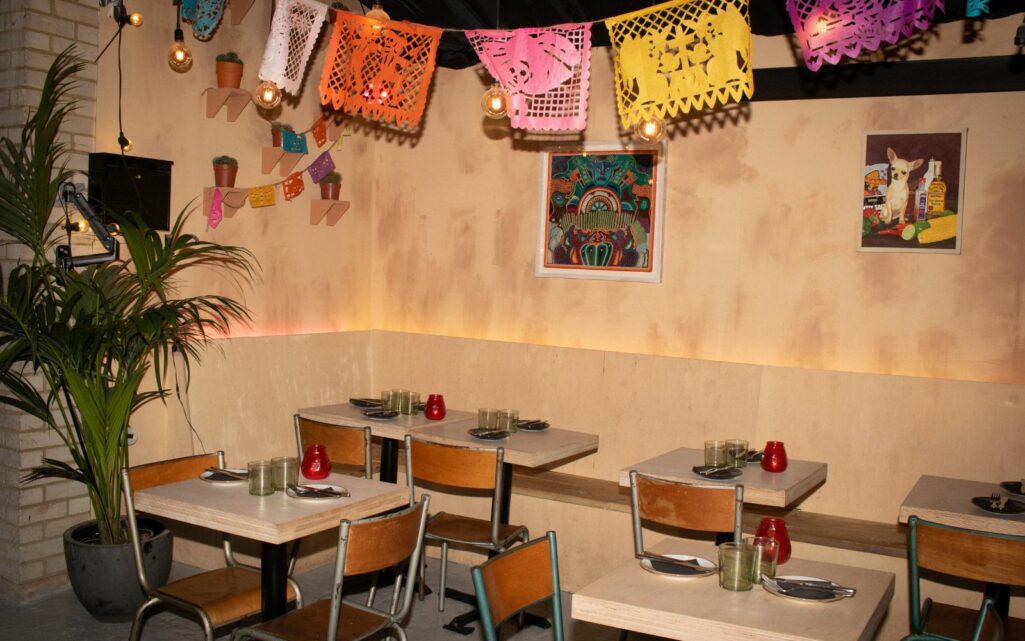From Greenwich to the Southbank to Battersea, revolutionary architect Richard Rogers dictated the look of South London, especially beside the Thames.
TOBY PORTER looks at the legacy of a man who began his architectural career designing an unobtrusive box-shaped house in Wimbledon but then turned architecture literally inside-out, while transforming our taste in what a beautiful building looks like.
You wouldn’t notice Number 22 Parkside, yards from Wimbledon Common, unless you were looking for it.
It is an unusual spot to start totally transforming world architecture. The house doesn’t even have a fancy name.
But Richard Rogers’ subsequent buildings are all landmarks which overturned orthodoxy in the look of our landscape, especially along the Thames.
Aside from the Millennium Dome at Greenwich, Rogers, who died on December 18, there is also the smart 24-storey tower block Neo Bankside (2012), now famous after residents complained about being watched from the next-door Tate Modern viewing platform.
Richard Rogers Picture: Wiki Commons
Montevetro, a block in Battersea Church Road whose name means Glass Mountain in Italian, was one of his first high-tech apartment blocks along the river.
It’s slick style set the tone for developments along Battersea Reach and at Battersea Power Station.
Riverlight residential development, one of the most distinctive in the Nine Elms boom town, won the Royal Institute of British Architect’s National Award for 2018.
Other landmark buildings he designed included: Number one Hyde Park in Knightsbridge, where the penthouse sold for £136million; Lloyd’s Register 1999; Paddington Waterside 2004; Maggie’s centre at Charing Cross Hospital 2008; The Cheesegrater – number 122 Leadenhall and one of the City’s most distinctive landmarks.
Rogers became famous after his design for the Pompidou Centre in Paris won the contract in 1974 to create a gallery worthy of some of the greatest masterpieces of modern art.
Now called Beauborg by the French, it is one of the most eye-catching structures in the world.
All its utilities, including air conditioning and plumbing and it’s structural support, are on the outside of the building.
It is probably the most influential structure of the last third of the 20th century – even if it sparked a lot of ham-fisted imitations.
Born in Florence to English and Italian parents, Rogers moved to the UK at the age of five.

His father was the son of a British émigré, and his artist mother was the daughter of an architect and engineer, and had once been taught by James Joyce.
They fled fascism to England in 1939. Richard was sent to boarding school at Kingswood House in Epsom, where he took up boxing after being bullied.
He went to St John’s School in Leatherhead, but left without A-levels. He later discovered he was dyslexic.
He studied at the Architectural Association in London then went to Yale University on a Fulbright scholarship and while in America he met Norman Foster – whose studio these days is beside Battersea Bridge – and whose contribution to High Tech style was just as crucial.
Some of the Pompidou Centre’s more epic plans were scaled back in the face of budget cuts and residents’ anger.
They were not his only opponents. In the 1980s, Rogers’s proposed extension to the National Gallery in London was described by Prince Charles as “a monstrous carbuncle on the face of a much-loved friend.” Rogers’ vision was in the tradition of the pioneers of modernism – Mies van der Rohe, Walter Gropius and the Bauhaus – but with a more complex modelling of spaces.
He also designed the law courts in Bordeaux (1998) and Antwerp (2005), the National Assembly in Wales (2005), and Terminal 5 at Heathrow Airport (2008).
A massive public inquiry, objections and protests, meant that took 19 years to come to fruition.
Rogers’ Maggie’s Centre for cancer care, at Charing Cross Hospital, won his second Stirling Prize for architectural excellence.
Rogers’ buildings used glass, steel and other industrial materials to create gleaming surfaces but also opened up inner cities with space and light.
Rogers was awarded the Legion d’Honneur in 1966 and became a Labour knight in 1991.
 Montevetro from Chelsea Harbour
Montevetro from Chelsea Harbour
At the turn of the century, Rogers led the new Greater London Authority’s Architecture and Urbanism Unit, with support from the city’s first mayor, Ken Livingstone.
Plans for more public spaces in London were quickly overturned by Livingstone’s successor, Boris Johnson.
His one-man practice, even after the success of the Pompidou, only ever handled one project at a time.
It had 55 projects on the go at the time of Rogers’ death.
He also tried to practise what he preached. His firm’s partner pay was capped at a fixed multiple of the lowest paid architect.
He supported social housing and public space for all, but also created some hugely expensive apartment blocks.
And those who followed his lead along the river certainly showed less interest in talking to local communities about what they would build.
Main Picture: The Pompidou Centre
Related Stories
https://londonnewsonline.co.uk/rogers-had-designs-on-you/




